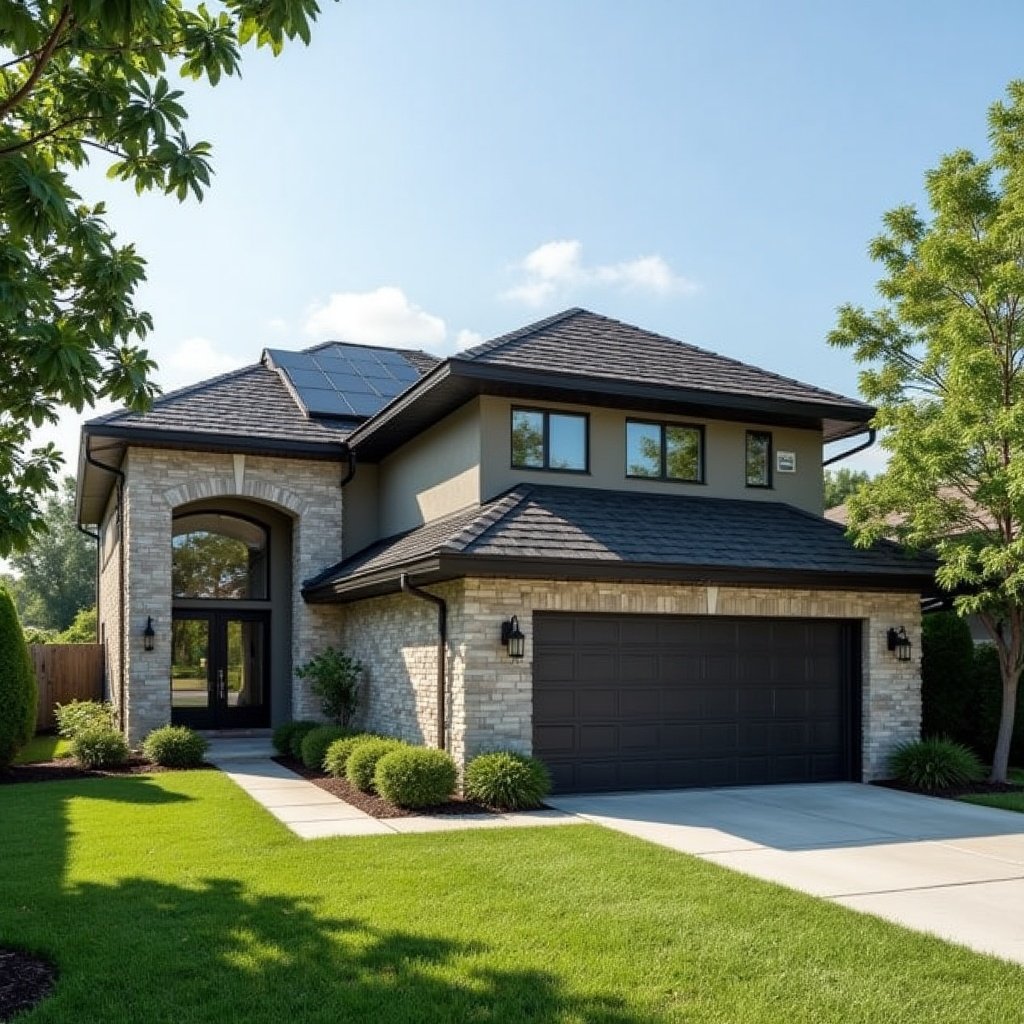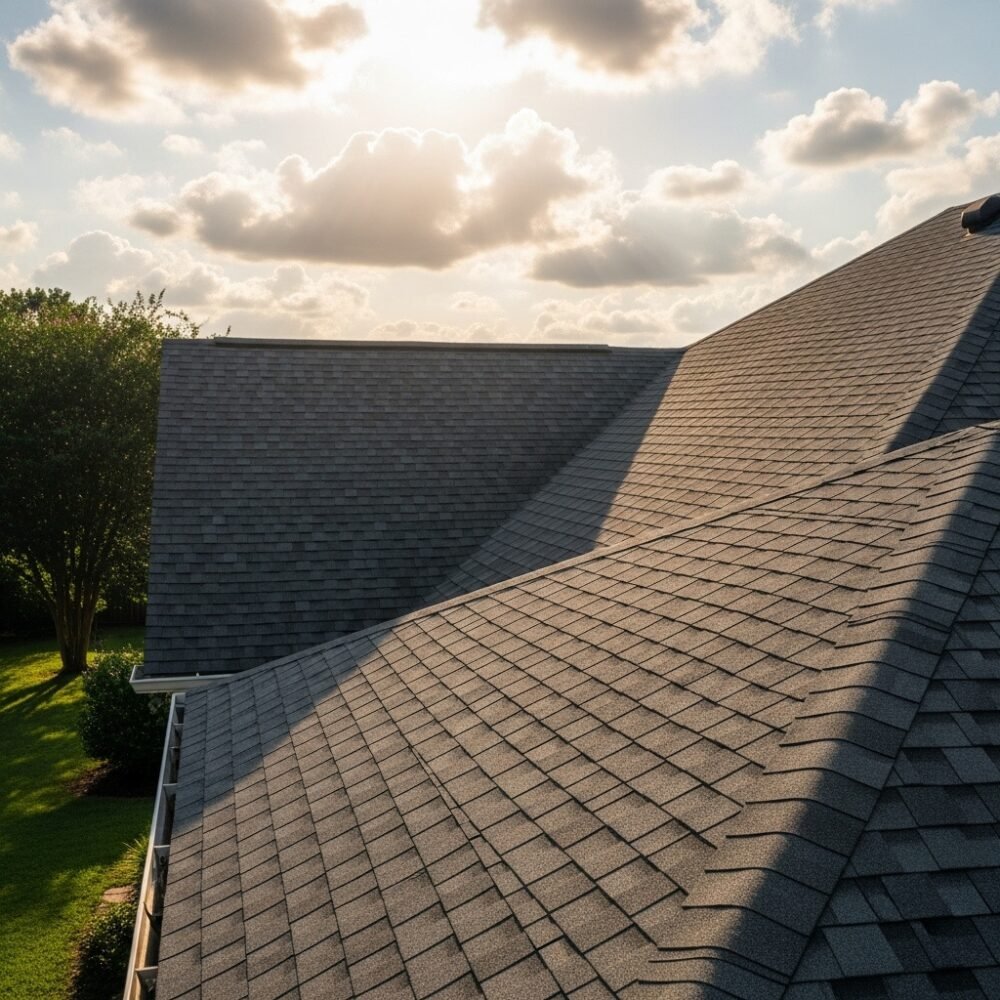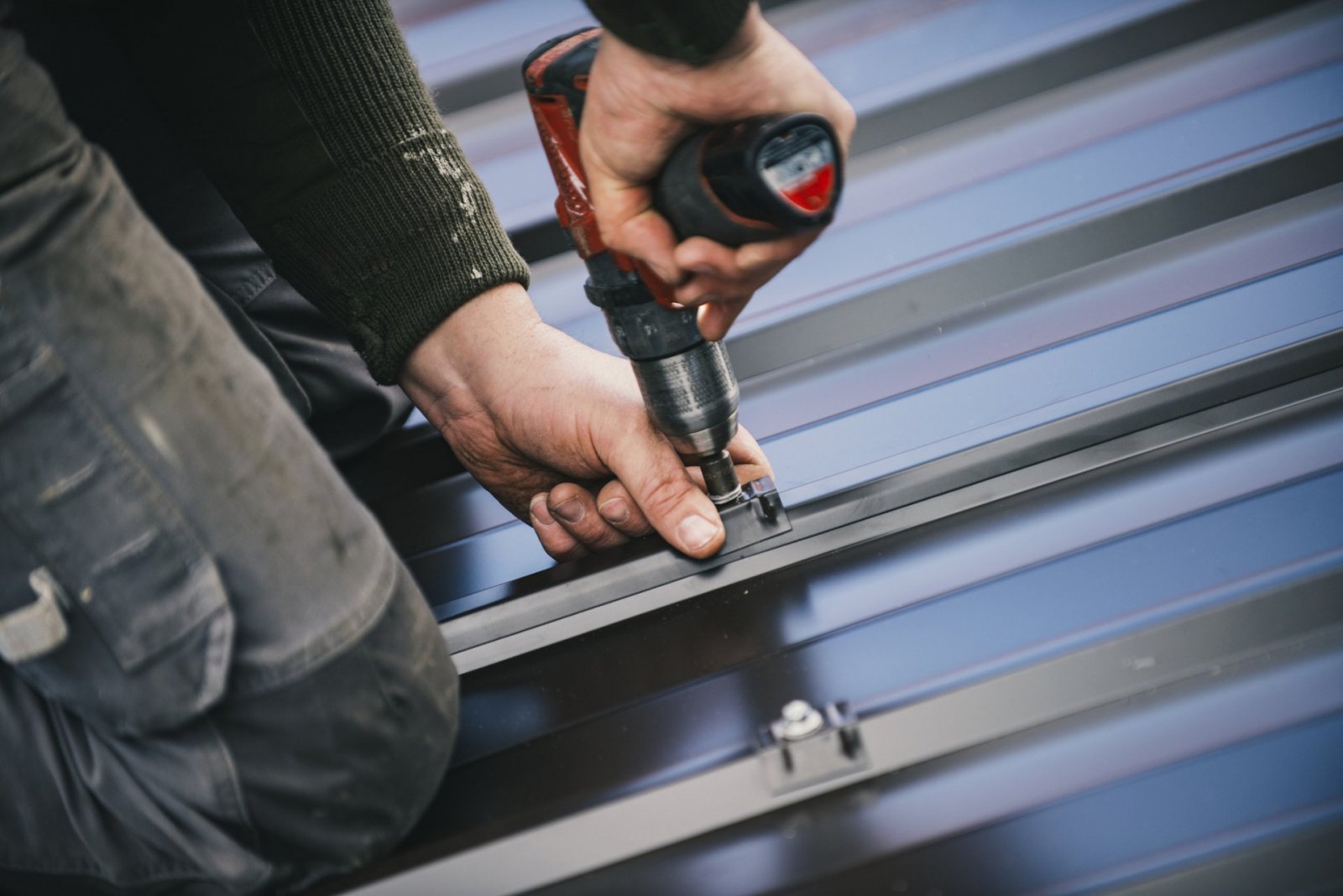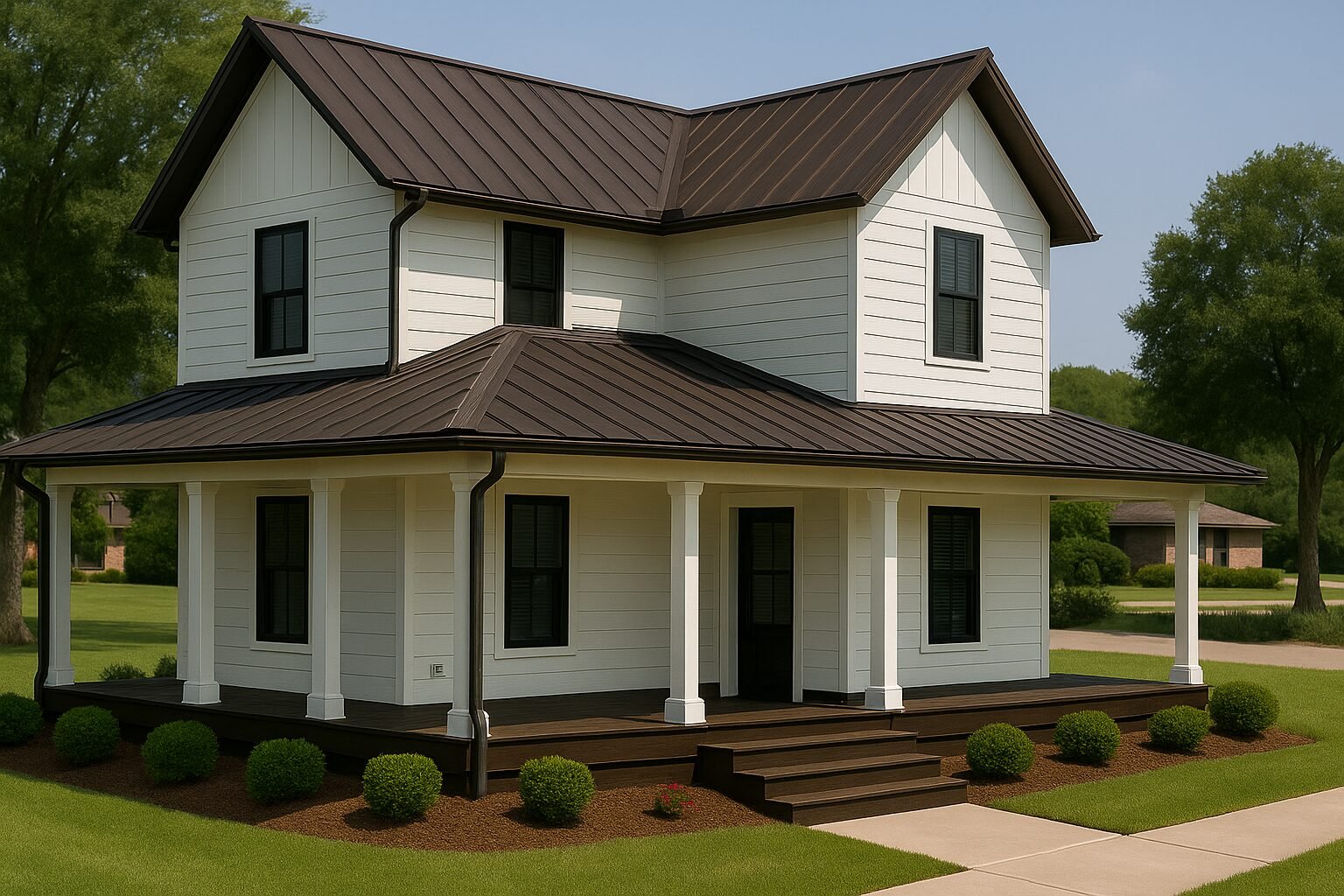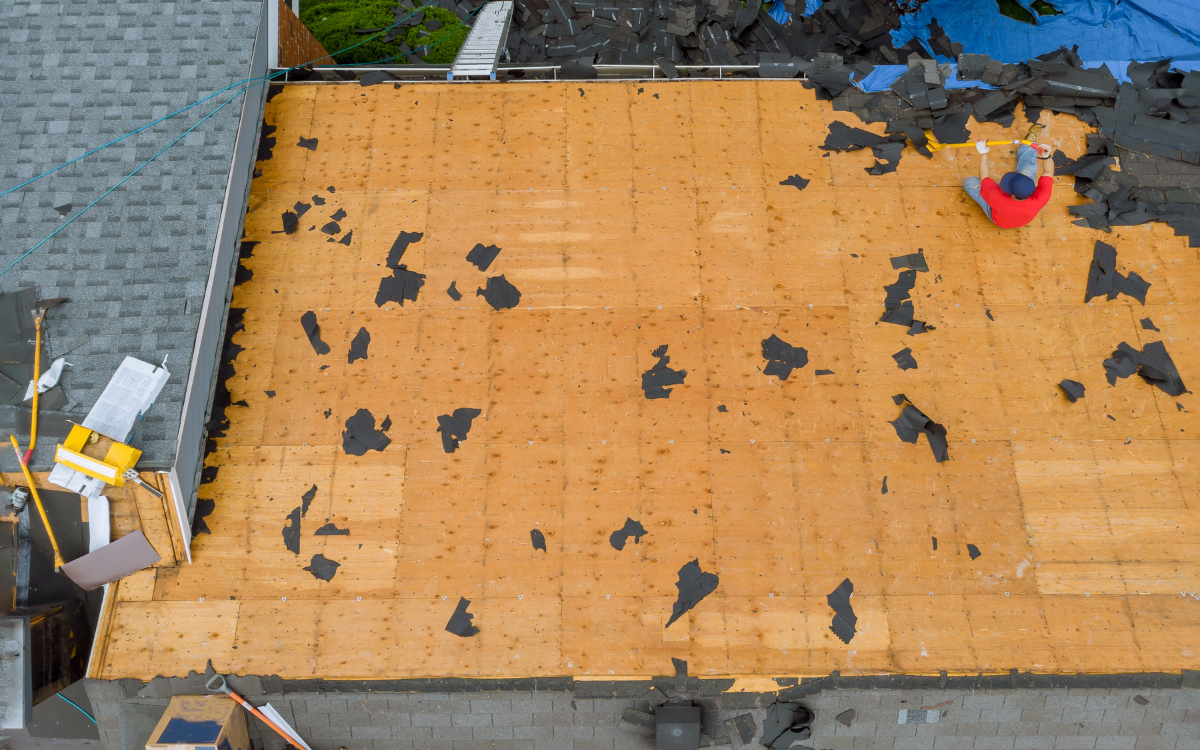How Modern Technology and Sustainable Materials Are Reshaping Louisiana Roofing
Picture this: your roof doesn’t just protect your home from Louisiana’s unpredictable weather—it actively monitors its own health, generates electricity, and keeps your energy bills low even during Baton Rouge’s sweltering summers. Sound like science fiction? Welcome to 2025, where roofing has evolved far beyond simple shingles and gutters. The roofing industry is experiencing a technological and environmental revolution that’s transforming how we think about the structure above our heads. From smart sensors that alert you to problems before they become disasters to solar-integrated materials that look like traditional roofing, these innovations aren’t just trendy—they’re becoming essential for Louisiana homeowners who want to protect their investment while staying ahead of rising energy costs and extreme weather events.
The Rise of Smart Roofing Technology
Gone are the days when your roof was just a silent guardian overhead. Today’s smart roofing systems are like having a 24/7 health monitor for your home’s most critical component. These innovative systems use advanced sensors and connectivity to track everything from moisture levels to potential leak sources, sending real-time alerts directly to your smartphone.
Think of smart roofing as the fitness tracker for your home. Just as a smartwatch monitors your heart rate and activity levels, smart roof systems continuously monitor temperature fluctuations, water infiltration, and structural integrity. For Louisiana homeowners, this technology is particularly valuable given our region’s susceptibility to sudden storms, high humidity, and temperature extremes.
Louisiana Roofers has been at the forefront of integrating these smart technologies into local homes. The system works by embedding wireless sensors throughout key areas of your roof structure. These sensors can detect the earliest signs of moisture penetration—often weeks or months before visible damage appears. When paired with automated diagnostics, homeowners receive detailed reports about their roof’s condition, complete with recommendations for preventive maintenance.
The real game-changer is the integration with home energy management platforms. These systems don’t just monitor problems; they optimize your entire home’s energy performance. They can automatically adjust to seasonal weather patterns, coordinate with your HVAC system, and even predict when maintenance will be needed based on historical data and current conditions. For a region like Baton Rouge, where energy costs can spike during summer months, this level of optimization translates to significant savings on utility bills.
Sustainable Materials: The Green Revolution on Your Roof
The environmental consciousness sweeping through 2025 has reached new heights—literally. Sustainable roofing materials are no longer just an option for the environmentally minded; they’re becoming the smart financial choice for forward-thinking homeowners. These materials represent a fundamental shift in how we approach roofing, prioritizing both environmental impact and long-term value.
Recycled content roofing materials are leading this charge. Manufacturers are now creating high-quality shingles, tiles, and metal roofing from recycled plastics, rubber, and post-industrial waste. These materials don’t just help reduce landfill waste—they often outperform traditional materials in durability and weather resistance. For Louisiana homeowners, this means roofing that can better withstand our intense UV exposure, heavy rainfall, and occasional hail storms.
Living roofs and green roofing systems are gaining traction even in residential applications. While once reserved for commercial buildings, these vegetated roof systems are becoming viable options for Louisiana homes, particularly in urban areas like Baton Rouge. A living roof acts as a natural insulation system, reducing heating and cooling costs while improving air quality around your home. During Louisiana’s hot summers, these systems can reduce roof surface temperatures by up to 40 degrees compared to traditional roofing materials.
The beauty of sustainable roofing lies in its dual benefits. Cool roofing materials, which include highly reflective shingles and metal roofing options, can significantly reduce your home’s cooling costs. In Louisiana’s climate, where air conditioning can account for 60% of summer energy bills, choosing materials that reflect rather than absorb heat isn’t just environmentally responsible—it’s economically smart. These materials can reduce cooling costs by 10-15% annually while extending the life of your HVAC system.
Energy Efficiency: Your Roof as a Power Plant
The concept of your roof as an energy generator has evolved dramatically in 2025\. Solar roofing technology has moved beyond bulky panels bolted onto existing roofs to elegant, integrated solutions that look like conventional roofing materials while generating substantial electricity. This shift is particularly relevant for Louisiana homeowners who want to harness our abundant sunshine without compromising their home’s aesthetic appeal.
Solar shingles and tiles represent the cutting edge of this technology. Unlike traditional solar panels, these integrated systems become part of your roof’s structure, providing weather protection while generating electricity. The technology has advanced to the point where solar roofing can produce enough electricity to power most Louisiana homes, with excess energy frequently sold back to the grid through net metering programs.
The financial math is compelling. While the upfront investment for solar roofing is higher than traditional materials, the long-term savings are substantial. Louisiana homeowners can expect to see a complete return on investment within 8-12 years, followed by decades of essentially free electricity. When combined with federal tax credits and state incentives, the actual cost of solar roofing becomes surprisingly competitive with premium traditional roofing materials.
Energy-efficient roofing extends beyond solar technology. Modern reflective roofing materials, including specially coated metal roofing and advanced shingle technologies, can reduce heat absorption by up to 50%. For a state where summer temperatures regularly exceed 90 degrees, this technology can transform your home’s energy profile. Louisiana Roofers has documented cases where homeowners have reduced their cooling costs by 20-30% simply by upgrading to energy-efficient roofing materials.
The integration of energy-efficient roofing with smart home systems creates a synergistic effect. Your roof can now communicate with your HVAC system, automatically adjusting indoor temperatures based on roof surface temperatures and energy generation from solar components. This level of integration represents the future of home energy management, turning your roof from a passive protector into an active contributor to your home’s efficiency.
Climate Resilience: Louisiana-Tough Roofing Solutions
Louisiana’s weather doesn’t mess around, and neither should your roofing choices. The extreme weather events that have become increasingly common in our region—from intense hurricanes to severe thunderstorms with golf-ball-sized hail—demand roofing solutions that can withstand nature’s worst while continuing to protect your family and property. The roofing industry has responded with materials and designs specifically engineered for climate resilience.
Impact-resistant roofing materials have become essential for Louisiana homeowners. These materials undergo rigorous testing to ensure they can withstand hail impacts, high winds, and flying debris. Modern impact-resistant shingles can survive hail stones up to 2 inches in diameter without cracking or losing granules. For Louisiana homeowners, this translates to fewer insurance claims, lower premiums, and peace of mind during storm season.
Fire-resistant roofing technology has also advanced significantly. With the increasing risk of wildfires even in traditionally low-risk areas, materials that can resist ignition and prevent fire spread have become crucial. Class A fire-rated roofing materials can withstand direct flame contact and burning debris, providing an additional layer of protection for your home and family.
The engineering behind climate-resilient roofing focuses on system performance rather than just material strength. Modern roofing systems are designed to work as integrated units, with each component—from underlayment to fasteners to flashing—specifically chosen to complement the others. This holistic approach ensures that your roof can maintain its protective function even when individual components are stressed by extreme weather.
Louisiana Roofers has developed specialized installation techniques that maximize the climate resilience of modern roofing systems. These techniques include enhanced fastening patterns, improved ventilation strategies, and waterproofing systems designed specifically for Louisiana’s high humidity and intense rainfall patterns. The result is roofing that not only meets current building codes but exceeds them, providing superior protection for decades to come.
The Economics of Modern Roofing: Investment vs. Value
Understanding the financial implications of modern roofing technology is crucial for Louisiana homeowners making decisions about their most significant home investment. While the upfront costs of advanced roofing systems are typically higher than traditional options, the long-term value proposition is compelling when you consider energy savings, reduced maintenance costs, and increased property values.
The total cost of ownership for modern roofing systems is often lower than traditional roofing when calculated over the system’s lifespan. A traditional asphalt shingle roof might cost less initially but require replacement every 15-20 years, while modern materials like metal roofing or synthetic materials can last 50 years or more with minimal maintenance. When you factor in the cost of multiple replacements over a home’s lifetime, the economics clearly favor modern solutions.
Energy savings represent a significant portion of the value equation. Energy savings represent a significant portion of the value equation. Louisiana homeowners who invest in energy-efficient roofing systems can expect to save 15-25% on their annual energy costs. Over the 25-30 year lifespan of a modern roofing system, these savings can amount to $15,000-$30,000 or more, depending on the size of your home and current energy costs.
Insurance benefits add another layer of financial value. Many insurance companies offer discounts for impact-resistant roofing, fire-resistant materials, and other climate-resilient features. These discounts can range from 5-20% of your annual premium, and some insurers even offer improved coverage terms for homes with modern roofing systems.
Property value increases are substantial and immediate. Real estate studies consistently show that homes with modern roofing systems sell for 3-5% more than comparable homes with traditional roofing. For a $300,000 home in Baton Rouge, this translates to $9,000-$15,000 in additional value. When combined with the practical benefits of improved energy efficiency and reduced maintenance, the investment in modern roofing becomes a clear financial winner.
Financing options have evolved to make modern roofing more accessible. Many roofing contractors now offer financing programs, and some utility companies provide rebates for energy-efficient upgrades. Louisiana also offers various tax incentives for renewable energy installations, including solar roofing systems. These programs can significantly reduce the effective cost of upgrading to modern roofing technology.
Future-Proofing Your Home: What’s Next for Louisiana Roofing
The roofing industry’s evolution shows no signs of slowing down. As we look toward the rest of 2025 and beyond, several emerging trends promise to further transform how Louisiana homeowners think about their roofing investments. Understanding these trends can help you make roofing decisions that will remain valuable and relevant for decades to come.
Artificial intelligence integration is becoming more sophisticated, with roofing systems that can predict maintenance needs with remarkable accuracy. These systems analyze weather patterns, seasonal changes, and historical performance data to provide homeowners with precise maintenance schedules and early warning systems for potential problems.
Advanced materials science continues to produce roofing materials with enhanced performance characteristics. New composite materials combine the best features of traditional options—the durability of metal, the aesthetics of slate, and the cost-effectiveness of asphalt—into single products that outperform any traditional material.
Integration with smart city infrastructure is emerging as utilities and municipalities develop more sophisticated energy management systems. Your roof’s solar generation and energy efficiency will increasingly contribute to community-wide energy resilience and grid stability.
Climate adaptation technologies are being developed specifically for regions like Louisiana, where extreme weather events are becoming more frequent and intense. These technologies focus on rapid recovery and continued functionality even after severe weather events.
Louisiana Roofers continues to stay at the forefront of these developments, ensuring that Baton Rouge homeowners have access to the latest innovations as they become available. The company’s commitment to ongoing education and technology adoption means that customers benefit from cutting-edge solutions backed by proven local expertise.
Takeaway:
The smart roofing revolution of 2025 isn’t just about having the latest technology—it’s about making strategic investments that protect your home, reduce your costs, and increase your property value for decades to come. Louisiana homeowners who embrace these innovations today will enjoy lower energy bills, reduced maintenance costs, and superior protection from our region’s challenging weather conditions.

